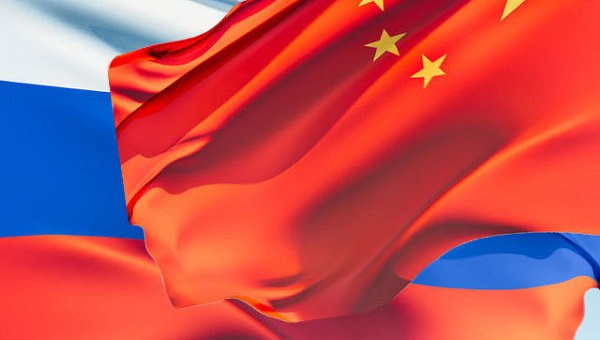China refuses to share profit from joint plane venture with Russia
Russian United Aircraft Corporation (UAC) ran into problems when it attempted, in collaboration with China, to create the first Russian wide-body passenger aircraft since the times of the USSR.
Two sources close to UAC told the Russian publication Vedomosti that having agreed to split the cost of creating the CR929 airliner ($20 billion) in half, the Chinese partner, COMAC, does not want to allow Russia access to the key Chinese market allowing it to turn a profit from selling the aircraft there.
COMAC proposed to divide sales so that in China, where the demand for the aircraft will be more than a thousand units in the next 20 years, the Chinese company will do the selling. It proposed that Russia garner profit from selling in Russia, where the market capacity is significantly lower (only 50-120 aircrafts), as well as globally where it would have to compete with Boeing and Airbus models.
This jeopardizes the entire project because China’s proposal deprives the venture of any meaning for the Russian side. The Vedomosti sources complained that the whole point was to enter the Chinese market and “win back” the expended costs there.
In effect, China is proposing that Russia take on the commercial risks of moving the aircraft to foreign markets and, at the same time, refuse to profit from sales in the most promising market for the product, explained Fyodor Borisov, a leading researcher at the Institute of Transport Economics.
Three people close to UAC reported that the two sides have another serious disagreement: in which country will the type certificate for the CR929 be issued. UAC planned that, since it will be the main designer, then its design would be registered in Russia and it would become the type certificate holder.
Meanwhile, China is insisting that a Chinese company be the type certificate holder and it is very difficult to negotiate, the source in UAC said.
Essentially, the Chinese are squeezing Russia out of the project. UAC is seriously considering the option in which, instead of an equal partnership, it would become merely a contractor for Chinese COMAC, selling solutions, technologies and components.
If adhering to such a scheme, for example, another holding company, Russian Helicopters, would collaborate with China. It would develop separate nodes for a Chinese heavy helicopter.
Despite Beijing’s rigid stance, engineering continues. China is receiving documentation and competencies. Until all issues are resolved, it would be worthwhile to stop everything, but this is a political question, a source in the UAC states.
